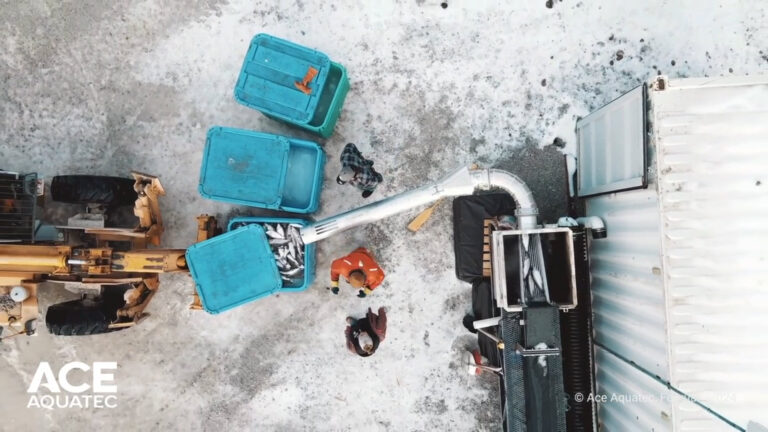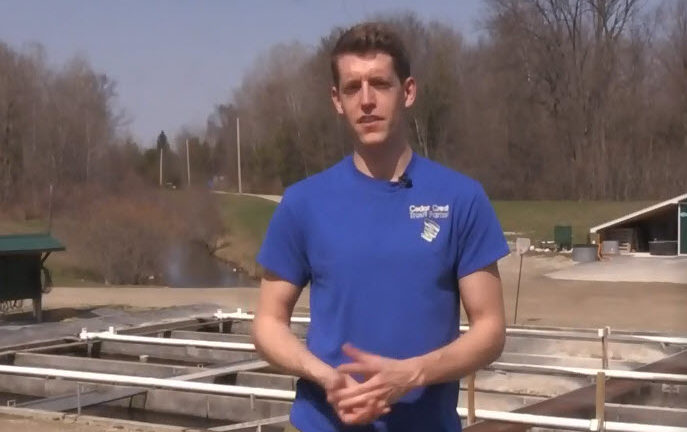
Hint: fish were keto before it was cool!
At Springhills we are obsessed with what we feed our fish so that they’re happy, grow well and taste good.
You might say it’s in our blood — before our father started our first fish farm, he worked with fish farmers across Canada to formulate innovative fish feeds.
Fish are different than other animals we farm because they are predators in the wild, and they’re cold-blooded.
That means their metabolism is fueled mainly by protein and fats — not carbohydrates, so they don’t thrive on crops like corn, wheat or soy.
We feed them a diet heavy on protein and fat, then we round it out with a finely tuned blend of vitamins, minerals and antioxidants. There are some carbohydrates in there, but only a small amount.
We try and source their protein from reclaimed fishmeal as much as possible, which is an eco-friendly byproduct from wild fish processing.
Historically most of the fats came from fish oil, but there has been some trout-ally awesome advances in the last few years, and we now have access to omega-rich oils that come from camelina or algae.
One of the main antioxidants we use is astaxanthin. It’s meant to help the fish pick up their vitamin K and improve their overall health, but it’s also the same supplement that makes the flesh so orange!
Fish feed is over half of our costs for raising fish, and researchers around the world make advances every day that make it more efficient and environmentally friendly.
For instance, a wild salmon needs to eat about 7kg of wild fish to grow 1kg of meat. Thanks to decades of feed science, a farmed trout or salmon only needs 0.5kg of fish to grow 1kg of meat, and we source that fishmeal as sustainably as we can.
We hold an international eco-certification called Best Aquaculture Practices that gives us and our feed mills many rules on where to source ingredients and how to make sure they are safe and free of contaminants.
Want to know more?


